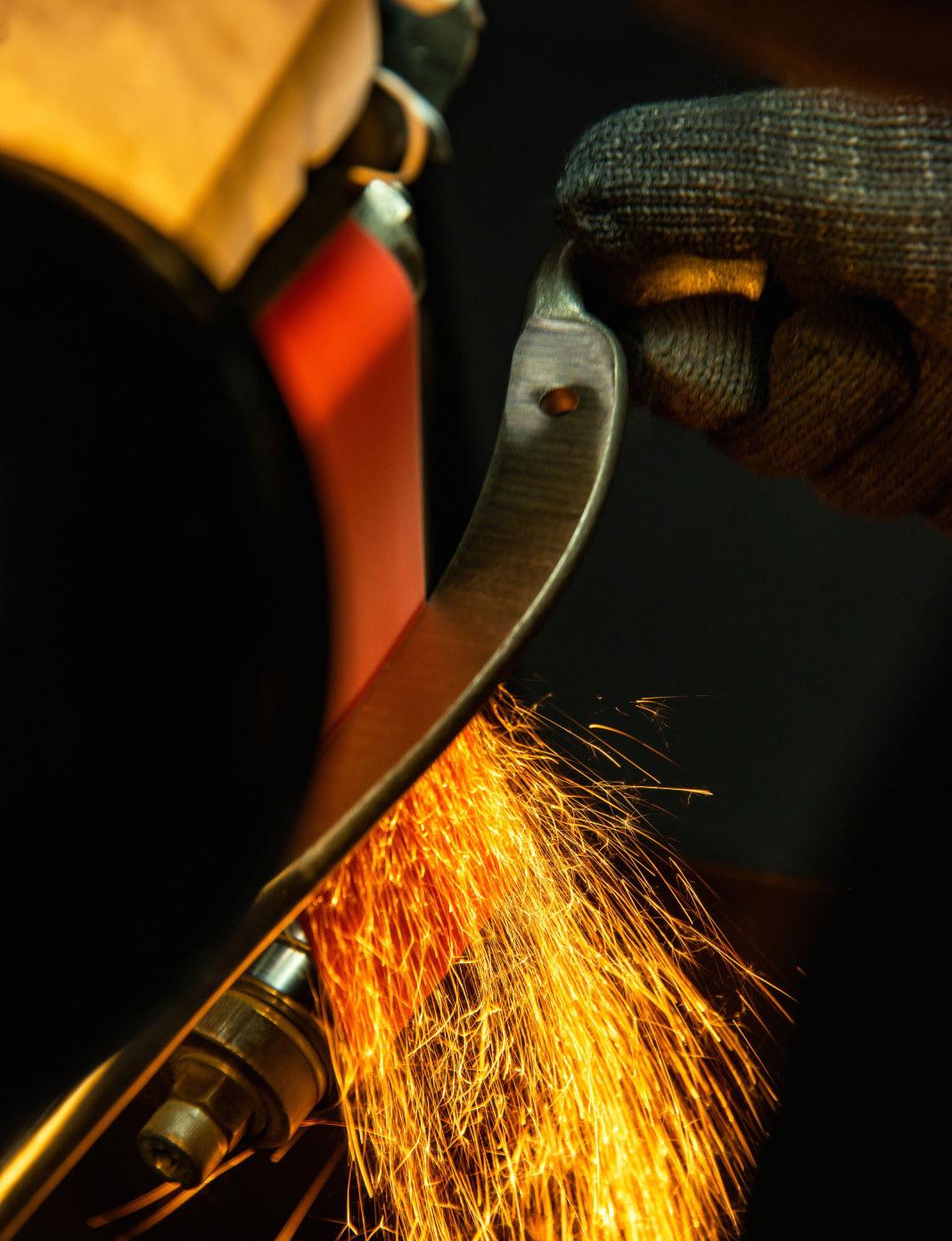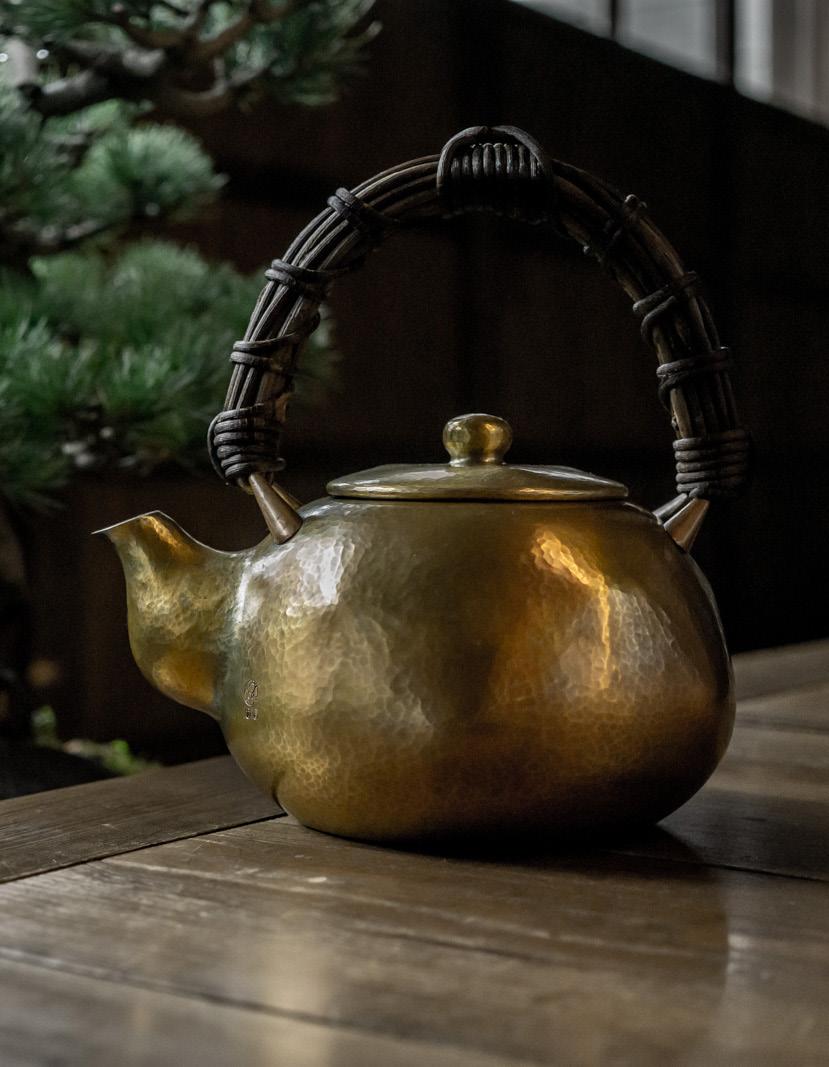
1 minute read
Treasured traditions
Tsubame Sanjo, Niigata’s metalworking district, is a must-visit for anyone interested in Japanese crafts.
In the Edo period, Tsubame Sanjo was renowned across Japan for manufacturing highquality nails. Local craftsmen still use these ancient methods to make knives, tableware and even iPod finishes today. The quality of the workmanship is so high that cutlery produced in Tsubame Sanjo is selected each year as the official cutlery for the Nobel Prize Ceremony.
Advertisement
Start your visit to Tsubame Sanjo at the Regional Products Promotion Center, which features products from across the region, from knives to cups to eating utensils. Make sure to try out the knife-sharpening experience.
At the Tojiro factory, visitors can observe the craftsmanship that goes into their famous stainless-steel creations – head to the Knife Gallery to discover the plethora of knives the company produces. If you book a cooking class at the kitchen studio here, you’ll learn the optimal ways to use knives when preparing a meal.
Suwada Blacksmith Works, Inc. has been creating superior cutting tools using the area’s famed metalworking techniques since 1926. They craft everything from nail clippers to gardening instruments and cutlery. But they specialise in the kuikiri blade, in which both sides of the blade are perfectly aligned to cut an object. Visitors can see the entire process – from creation to quality check – at Suwada’s Open Factory.
For something a little different, make sure you stop by Gyokusendo. Founded in 1816, the company and its artisans follow the same techniques used over the last two centuries. They strike copper plates with metal hammers, spending hours making sure the object they are working on takes on the proper shape and has the appropriate feel. Visitors to their shop can see this meticulous process up close.
01

02 03





